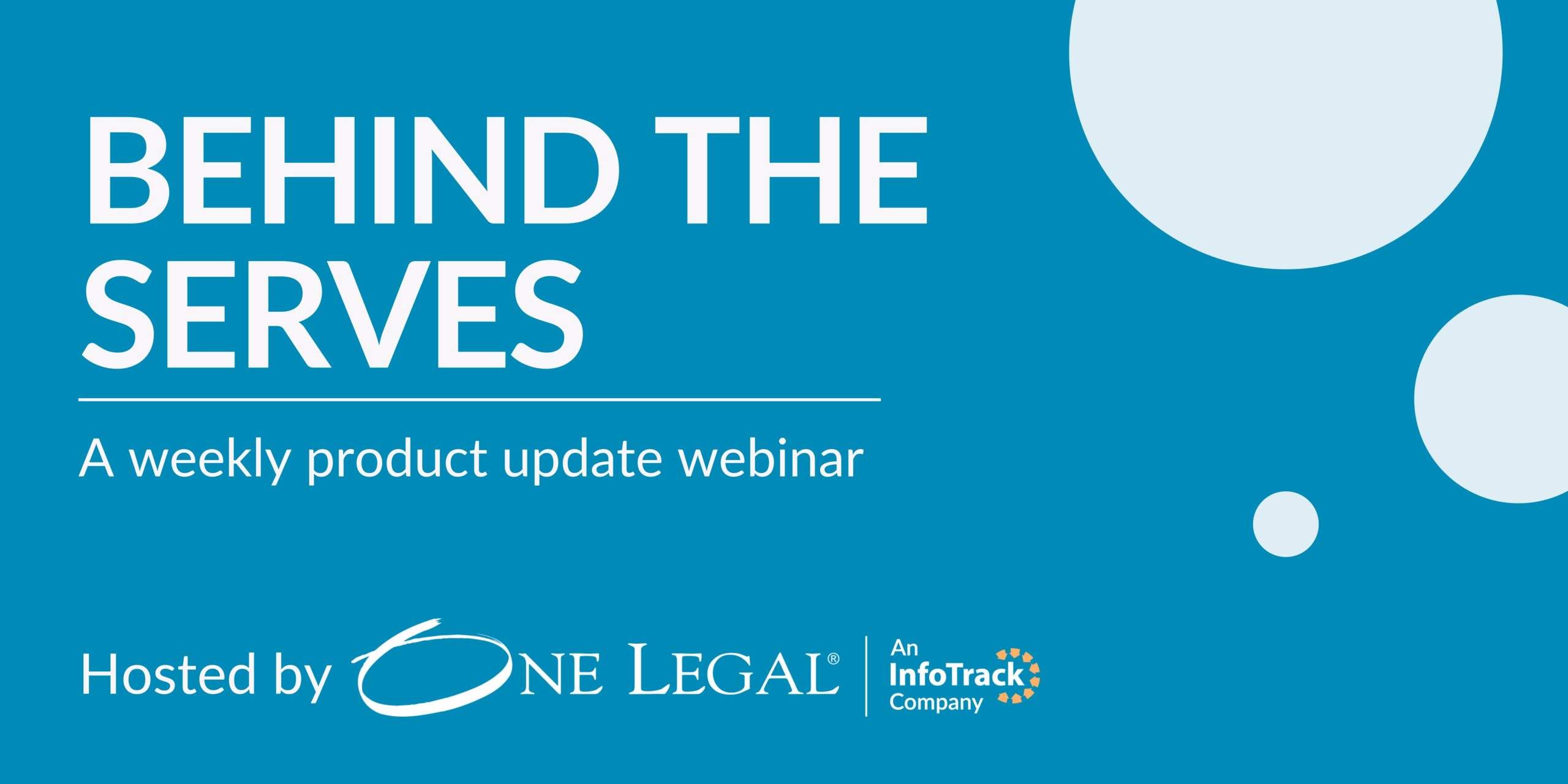Legal research serves as the cornerstone of informed legal practice, offering the means to navigate a constantly evolving legal landscape.
The importance of effective legal research cannot be overstated in a world where laws multiply, and court decisions shape the foundation of legal arguments.
This blog post will delve into the essence of legal research, explore the sources of law, understand primary versus secondary sources, decipher mandatory versus persuasive authority, and unveil the practical steps of the legal research process.
Join us in unraveling the complexities of legal research, a skill essential for any legal professional striving for success.
What is legal research?
Legal research means finding law that supports a legal argument or decision. The law is always changing, and new laws and court decisions are added each year.
In 2022, California’s Governor Gavin Newsom signed 997 bills into law, and the federal government passed 249 bills. Add to that all the cases published each year, and the amount of information attorneys and paralegals need to know is staggering.
Given this, legal professionals do not know the answer to every legal question and must rely on effective and thorough legal research to identify and find the laws that apply to the facts of the case. Effective legal research is integral to the practice of law.
What are the sources of law?
Efficient legal research starts first with an understanding of the sources of law in the United States.
- Constitutional law: The federal government and all the states have constitutions whose primary purpose is to establish the government and define its functions and obligations in relation to the people.
- Statutory law: Laws established by legislative action.
- Administrative regulations: Administrative agencies (IRS, FDA, FAA, etc.) have the power to make necessary rules and regulations.
- Ordinances: Laws established by a local government such as a county board of supervisors or city council.
- Case law: Laws are created in the form of decisions, also called opinions, that are published in case reporters. Case law is also known as common law and is based on the legal principle known as stare decisis (let the decision stand). Simply put, courts are required to follow earlier decisions made by higher courts, such as the Supreme Court. This helps make the law predictable.
How to do legal research
Knowing how to do legal research in an effective way is a crucial skill for paralegals in the discovery and trial preparation process.
The process of identifying and gathering information relevant to legal questions or issues, involving searching for and analyzing legal sources such as statutes, regulations, case law, and secondary sources like legal commentaries and scholarly articles, is essential to master.
Here’s a step-by-step checklist to conducting legal research:
- Identify the legal issue: Clearly define the legal question or issue you are researching. Understand the key terms and concepts involved.
- Find primary sources: Start by searching for primary sources, which include statutes, regulations, and case law. Use legal databases such as Westlaw, LexisNexis, or public databases like the Legal Information Institute (LII).
- Locate relevant case law: Search for relevant case law using legal databases or court websites. Look for cases that interpret the statutes or regulations relevant to your issue.
- Use secondary sources: Consult secondary sources such as legal commentaries, treatises, and law review articles. These can provide background information, analysis, and citations to primary sources.
- Check jurisdiction: Ensure that your research is relevant to the appropriate jurisdiction, as laws can vary by state, federal, or international levels.
- Update your research: Legal research is a dynamic process. Verify that the cases, statutes, and regulations you find are current and still good law.
- Organize and analyze: Organize your findings and analyze them to form a legal argument or opinion.
How to do legal research as a paralegal
As a paralegal, conducting legal research is of critical importance in supporting attorneys and their cases.
Your role involves assisting in gathering and analyzing legal information, including statutes, regulations, case law, and other legal sources.
Once you’ve followed the steps above, there are a number of elements in the legal research process that must be adhered to.
As a paralegal, legal research must be continued by:
- Analyze information: Compare and contrast legal sources and summarize the findings to help the attorney understand how the legal issue is addressed in the law.
- Prepare research memos: Write detailed research memos summarizing your findings, including citations to cases, statutes, and other sources. The memos should be clear and concise, making it easy for the attorney to understand the legal landscape.
- Stay updated: Keep track of any changes in the law and update your research as needed. Legal research is an ongoing process, and you may need to revisit your findings.
- Work collaboratively: Communicate and collaborate with the attorney and other team members throughout the research process to ensure that your findings align with their needs and goals.
What is the difference between primary sources v. secondary sources?
Primary sources of law are constitutions, statutes, regulations, ordinances, and case law. Primary sources articulate the law.
Secondary sources are plain-language writings by legal scholars that explain, analyze, and criticize primary law. Secondary sources are a great place to start research on any legal topic as they provide an overview of the relevant law. Secondary sources are not the law, they are the author’s interpretation or explanation of the law and are not binding on the courts. Secondary sources explain the law and will cite the relevant case law, statutes, etc.
Secondary sources include:
- Practice guides
- Legal treatises
- Law review articles
- Scholarly journals
- Legal news
- Legal dictionaries and encyclopedias
- Jury instructions
Seeing the difference
As an example of the difference, the U.S. Supreme Court decision of Brown v. Board of Education is a primary legal source, establishing that state laws permitting separate schools for whites and blacks are unconstitutional.
The book “Simple Justice” and the Gale Encyclopedia of American Law provide secondary legal sources, offering discussions and analyses of the case and its historical context.
Similarly, the Fourth Amendment to the U.S. Constitution is primary law, guaranteeing the right to security against unreasonable searches. However, an article from the 2012 William and Mary Law Review analyzing a specific aspect of the Fourth Amendment constitutes a secondary legal source.
What is the difference between mandatory authority v. persuasive authority?
Courts are required to follow the decisions of higher courts in the same jurisdiction. Court cases from a higher court and in the same jurisdiction are considered mandatory authority. All federal and state courts are bound by the decisions of the United States Supreme Court related to the United States Constitution and federal laws. State courts are bound by the decisions of the higher courts in that state, such as the state’s Supreme Court.
If there is little or no mandatory authority in your jurisdiction, you may want to look at cases from other jurisdictions. This is persuasive authority, meaning the court may follow the ruling but is not required to.
What is the legal research process?
The legal research process can seem overwhelming with the volumes of legal resources available. How do you do legal research? The same way you eat an elephant, one bite at a time. Legal research is the elephant, and to successfully complete the research, take it one step (bite) at a time. Knowing the steps to perform legal research makes the process much less daunting.
Step 1: Identify the facts, issues, and jurisdiction
Before you can begin your research, you must first determine the facts, the issues, and the jurisdiction of the legal research project. Eliminate the unimportant facts and focus on the essential facts such as who, what, where, and how. Use the facts to pinpoint the legal issues and to determine the jurisdiction.
Step 2: Find relevant law
It sounds easy enough until you start thinking about the sheer volume of statutes and published case law, and then it can become overwhelming for the researcher.
When I was teaching paralegal students, I always told my students to start with secondary sources.
Even though secondary sources are not the law and are not binding on the courts, secondary sources educate the researcher on the topic and build your knowledge base.
Keep in mind that in order to publish the material, the writer had to go through the legal research process and have identified the primary resources most applicable to the topic.
The secondary source will explain the relevant primary source, such as the governing statutes and case law. Do not rely only on the secondary source. Once you have the applicable statutes, go directly to the primary source.
What are search methods?
To use research databases efficiently, there are several search techniques you can use to improve the precision of your search results.
The more precise your search. The less irrelevant material you will need to review, the more you need to start with a broad search using keywords.
If the search is returning too many results, narrow the search by using connectors.
Search techniques
Some search techniques include (please note this is not a complete list):
- And: Use “and” between your search terms to indicate that all terms must appear in your search results. For example, the search – banana and slip and fall – will retrieve materials containing each of these terms.
- Or: Use “or” between your search terms to indicate that any one of the listed terms appears in your results. This is very helpful when your issue may include synonyms for the same concept. For example, the search – minor or juvenile or child or children or infant – will retrieve materials that have any one of these terms.
- Not: Use “not” to disqualify words from your search. “Not” is a rarely used connector, but it can be helpful under certain circumstances. For example, if you were searching for a particular anti-corruption statute, you may want to run the search – RICO, not “Puerto Rico.”
- Proximity connectors designate how closely your search terms must appear within a document.
Common proximity connectors include:
- /p: Terms must appear in the same paragraph.
- /s: Terms must appear in the same sentence.
- /n: (such as /3) – Terms must appear within the specified number of words to each other.
- Phrases: Using quotation marks (“ ”) allows you to search for a particular phrase. To search for a specific phrase put the phrase in quotation marks. For example, if you were interested in searching for mentions of the television show “Orange is the New Black,” simply run the search “Orange is the New Black.”
Where do I go to conduct the research?
Programs such as Lexis and Westlaw are online subscription legal research programs. The costs for these programs can be prohibitive, especially if you do not conduct legal research on a regular basis.
If you do not have access to these programs, you can still conduct effective legal research using free sources available online.
Use your favorite search engine, such as Google, to locate both secondary (articles written by legal professionals) and primary sources of law.
Reminder: use the secondary source to locate applicable law, and then always go directly to the primary source for your answers.
Step 3: Check to see if you are using good law
Research is not complete until you have checked to make sure the law you found is still valid and relevant. The quickest way to draft a losing document is to rely on a case that has been overruled or a statute deemed unconstitutional. Citators let you verify a case’s authority by listing cases, statutes, and legal sources so you can check that it has not been overruled, questioned, or made irrelevant.
Legal research software such as Lexis and Westlaw makes checking the validity quick and easy. Google Scholar includes ‘How cited,” which is a list of cases that have cited the selected opinion.
Research in practice
Now that we know how to conduct legal research let’s practice. For this scenario, I only used resources that were available for free online.
Sample research scenario
A potential new client (PNC) On November 1, 2023, on a beautiful, crisp fall afternoon, our client Anita Radcliff was walking Fluffy, her beloved shih tzu, on a leash at a public park in California when a large dalmatian ran up to Fluffy and bit her.
Animal control was called, and the Dalmatian’s owner was located. It was determined that the Dalmatian had never bitten another animal or person before this incident.
Anita rushed Fluffy to the vet, and despite all efforts, Fluffy unfortunately died. Fluffy was a registered emotional support animal, and Anita was devastated by her death.
Important facts:
- Fluffy was leashed.
- Dalmatian was unleashed.
- Dalmatian bit Fluffy. This was the Dalmatian’s first bite.
- Fluffy died.
- Fluffy was a registered emotional support animal.
- The owner is devastated.
Issues:
- Is the owner of the Dalmatian liable for the death of Fluffy?
- What remedies in law (damages) does Anita have?
Jurisdiction:
- California
Now that the facts, issues, and jurisdiction have been determined, it is time to begin your research.
Issue 1: Is the owner of the Dalmatian liable for the death of Fluffy?
Finding the answer to this issue was quick (about one minute).
Search terms – owner liability for dog bites in California – Google came up with about 15,600,000 results. Using (“ ”) did not narrow this search.
I found a helpful article (secondary source) that directed me to California Civil Code section 3342, subdivision (a) (primary source). Based on the Civil Code, the brief answer is “yes,” the Dalmatian’s owner is liable for the death of Fluffy.
Answer: Yes. Based on Civil Code section 3342, the Dalmatian’s owner is liable for the death of Fluffy.
Issue 2: What remedies in law (damages) does Anita have?
Finding the answer to this issue was more involved and took about 20 minutes (this included skimming through the cases), with more research needed.
Search terms – damages for the death of an emotional support animal California law – Google came up with about 15,800,000 results. Using (“ ”) reduced that to about 12,500,000 results.
I didn’t find the first few results very helpful, so I searched a little further down on the first page of my search results and located California Civil Jury Instruction No. 39030 (secondary source). The jury instruction has a section “Directions for Use” and “Sources and Authority.” Both these sections have California case law. They also have a “Secondary Sources” section.
From the jury instruction, I found the cases (primary source) of Martinez v. Robledo (2012) 210 Cal.App.4th 384 and Plotnik v. Meihaus (2012) 208 Cal.App.4th 1590.
Answer: Anita is entitled to recover the value of Fluffy and reasonable vet bills. She may also be entitled to recover punitive damages and damages for emotional distress, but more research would be needed. Note: If I was doing this research for an attorney, I would continue researching for the answers to punitive damages and damages for emotional distress.
Conclusion
Today, we’ve explored the core components of legal research, from sources of law to primary vs. secondary sources, mandatory vs. persuasive authority, and practical research steps.
Although only an attorney can give legal advice and perform particular functions with regard to clients, paralegals oftentimes will conduct the initial research attorneys rely on. Effective legal research can make or break a case and is critical to the practice of law.
Legal research can be hard and daunting due to the sheer volume of laws, but by following a few simple steps, you can eat the research elephant one step (bite) at a time.
We’ve looked at some real-word examples to highlight this process, showcasing the importance of secondary sources and precision in search terms.
Bear this guide in mind when conducting case law in future, and stay efficient in your research!







